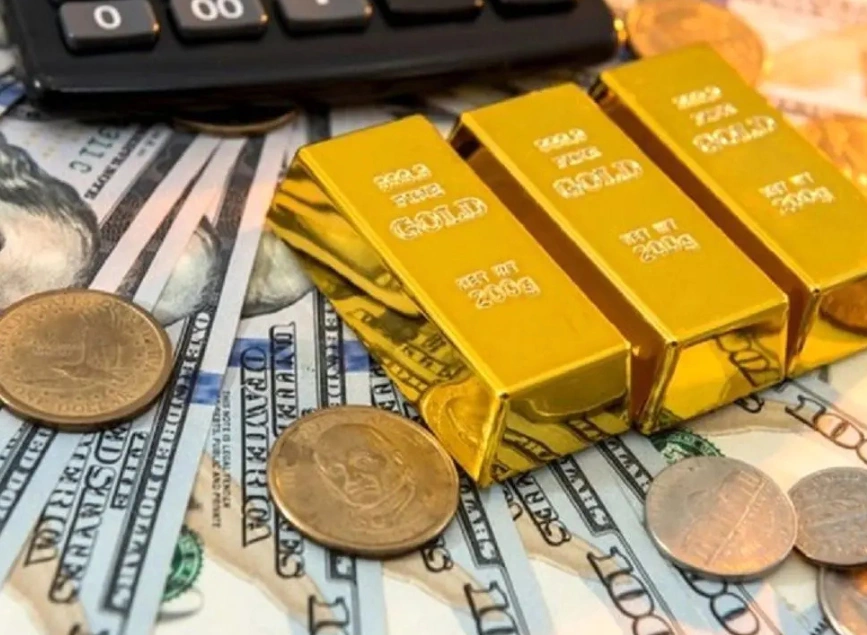
6 Key Factors Affecting the Price of Gold Every Trader Should Know
Estimated reading time: 4 minutes
Table of contents
Whether you’re a retail trader, institutional investor, or just trying to protect your wealth, understanding the factors affecting gold price is crucial, as gold remains one of the most watched and traded assets in the world.
But the real question is: What actually moves the price of gold?
Despite being a centuries-old asset, gold behaves in response to a modern mix of economics, policy, and psychology. If you can understand these factors, you’ll better time entries, exits, and long-term positions.
Let’s break down the 6 most influential factors affecting the price of gold and how you can use them to your trading advantage.
1. Inflation & Real Interest Rates
“Gold thrives when cash loses value.”
Gold has historically acted as a hedge against inflation. When consumer prices rise and fiat currencies lose purchasing power, gold often gains.
But even more important? Real interest rates, the yield on bonds minus inflation.
- Negative real rates (e.g. 2% inflation, 1% bond yield) → Bullish for gold
- Positive real rates → Less incentive to hold gold, a non-yielding asset
💡 Trader tip: Keep an eye on CPI data, Fed speeches, and the US 10-Year yield.
2. The Strength of the US Dollar
Gold is priced in USD, so it naturally has an inverse relationship with the dollar.
- Stronger USD → Gold becomes more expensive for non-dollar buyers → Demand may fall
- Weaker USD → Gold is more attractive globally → Prices tend to rise
⚖ Gold vs. Dollar Index (DXY) is a chart pair every gold trader should bookmark.
3. Geopolitical Tensions & Market Fear
Gold is the world’s go-to safe haven asset.
Whenever there’s a spike in geopolitical tension, global war risks, or economic uncertainty, investors pile into gold to reduce risk exposure.
Examples:
- Russia-Ukraine conflict
- US debt ceiling standoffs
- 2008 financial crisis
- COVID-19 pandemic
📈 These events can cause rapid gold spikes, perfect for short-term trading or long hedging.
Read More: Exploring Alternative Investments: Gold, Crypto & Beyond
4. Central Bank Activity
Global central banks, especially the Federal Reserve, play a massive role in gold pricing through:
- Interest rate policy
- Monetary tightening or easing
- Gold reserve management (buying/selling)
Fun fact: Central banks globally bought over 1,000 tonnes of gold in 2022, a record amount.
💬 Pro insight: When central banks are buying gold, it’s often a long-term bullish signal.
5. Supply & Mining Output
Unlike paper assets, gold must be mined and this supply is finite and slow to scale.
While short-term price movements are often demand-driven, long-term trends can reflect:
- Declining ore grades
- Higher extraction costs
- Limited new discoveries
⚒ Gold production growth is relatively flat, which makes it susceptible to demand surges.
6. Institutional Demand & ETF Flows
Exchange-traded funds (ETFs) like SPDR Gold Shares (GLD) make it easy for big institutions to buy or sell gold.
- ETF inflows → More physical gold demand → Prices rise
- ETF outflows → Less demand → Downward pressure
📊 Monitoring institutional flows is like watching the market’s heartbeat, it shows real sentiment beyond headlines.
📌 Quick Reference Table
| Factor | Bullish for Gold? | Why It Matters |
|---|---|---|
| Inflation & Real Rates | Yes, if real rates are negative | Gold protects purchasing power |
| US Dollar Strength | No, if dollar strengthens | Strong dollar = weaker gold demand |
| Geopolitical Tension | Yes | Fear pushes investors to safe assets |
| Central Bank Actions | Yes, if buying or dovish | Signals distrust in fiat systems |
| Supply Constraints | Yes | Less supply = more value per ounce |
| ETF & Institutional Flows | Yes, if flows increase | Reveals big-money sentiment |
FAQ: Gold Pricing Essentials
❓ Is gold a good hedge against inflation?
Yes, historically gold has held value when inflation rises, especially when real interest rates are negative.
❓ How does the Fed affect gold?
The Fed affects gold by setting interest rates. A dovish (low-rate) policy weakens the dollar and boosts gold prices.
❓ Should I trade or invest in gold?
It depends. Traders can capitalize on volatility (especially during economic events), while investors use gold to hedge risk.
❓ Is physical gold better than ETFs?
ETFs offer more liquidity and flexibility, while physical gold is better for long-term wealth preservation and privacy.
🏁 Final Thoughts: Follow the Signals, Not the Noise
Gold may be timeless, but the forces behind its price are very modern.
By staying informed on these 6 critical factors and aligning your trades accordingly, you’ll gain a major edge over less-prepared market participants.
Share
Hot topics
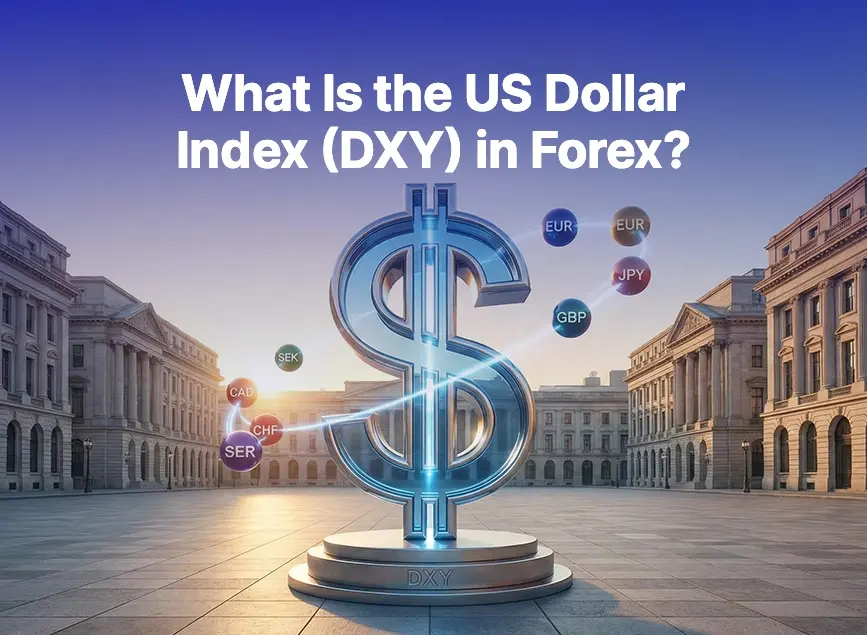
What Is the US Dollar Index (DXY) in Forex?
If you’ve spent any time exploring global markets, you’ve certainly heard about the US Dollar Index, known as DXY. For many beginner traders, it appears to be one of those...
Read more
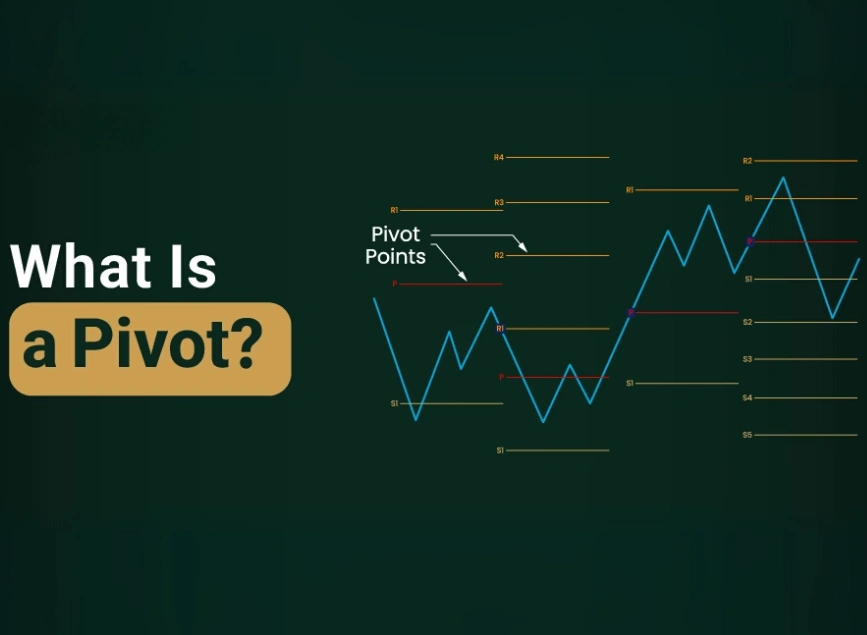
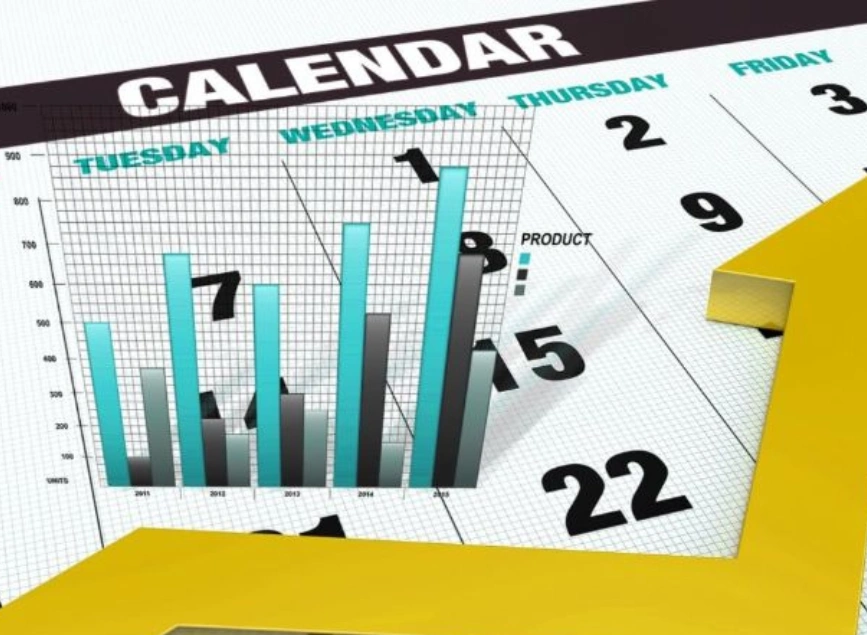
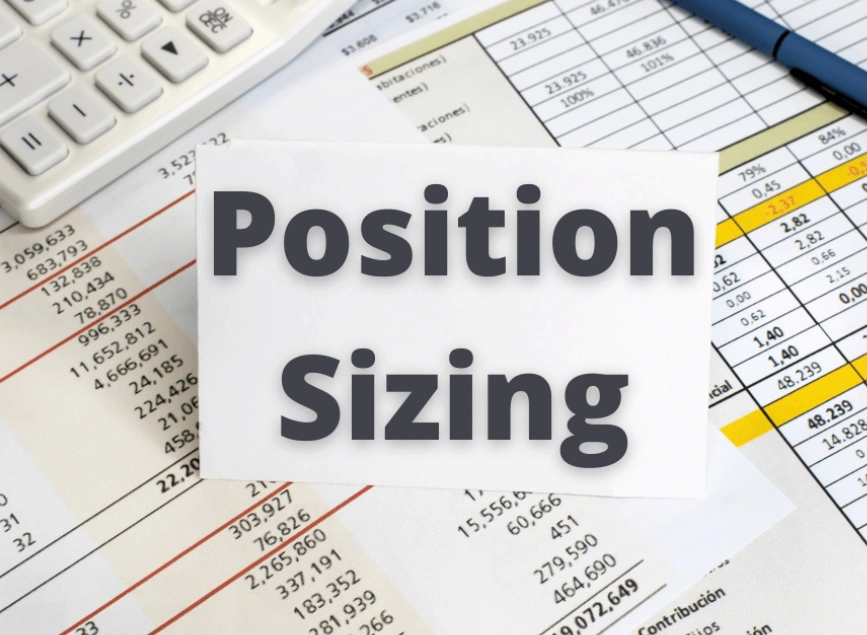

Submit comment
Your email address will not be published. Required fields are marked *